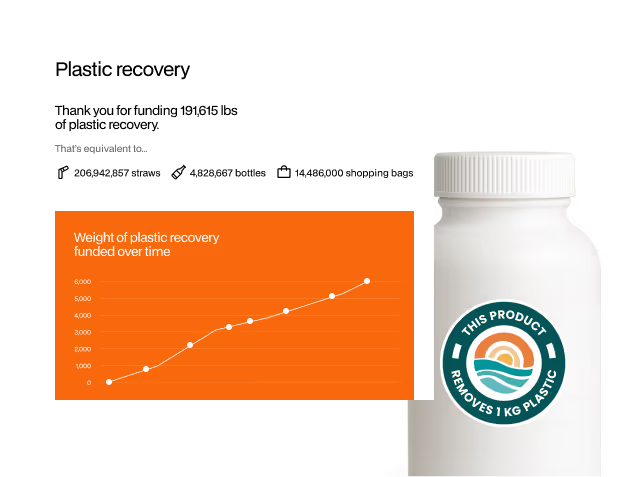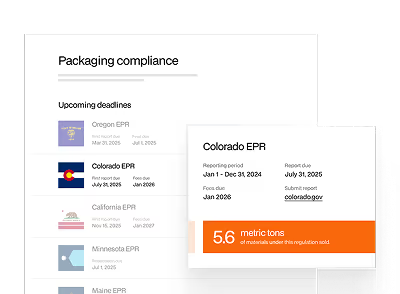Introduction
Waste management infrastructure is lacking. The systems and facilities needed to collect, sort, process and recycle the world’s waste do not have the capacity to prevent waste from becoming pollution.
The results: 11 million tons of plastics entering oceans each year, just 9% of plastic recycled, and plastic pollution as a full fledged environmental and human health crisis.
Even in the world’s largest economies, many materials - particularly plastics - are landfilled, incinerated, or exported instead of recycled. In less developed parts of the world, even simple collection systems are often infrequent and inconsistent, or missing entirely.
rePurpose Global, as a circularity and waste action platform, is working to change this story. With a mission to end plastic waste and drive more circular solutions, the organization has been pioneering Verified Plastic Recovery (VPR) solutions - developed using the 'BASE' framework. VPR fixes broken waste management value chains in under-served regions of the globe by channeling finance to where it’s needed.
BASE - the framework for impact creation - is an acronym, standing for: Baseline, Additionality, Solution, Evaluation.
Solving the plastic crisis isn’t straightforward, but it is possible. With rigorous protocols, meticulous execution, and with people and community at the heart of the work; rePurpose Global is revolutionizing the waste management sector.
Note: This blog is part 1 of 4 - read on to explore how systemic impact is happening and for an introduction to BASE. Parts 2, 3 and 4 will look at different aspects of BASE in more detail.

Impact projects
Before we dive into rePurpose Global’s impact generation process, let’s look at the vehicle for infrastructure and systems development: the 'impact project'.
Each plastic recovery ‘impact project’ is located in a region that’s vulnerable to plastic pollution and leakage into nature. You can read more about how projects qualify to be chosen in the next article. But the basis is that there’s a plastic pollution problem, and rePurpose Global brings capabilities and finance to build or fix the value chain for a certain plastic type.
A project is a region-specific partnership between rePurpose Global, a local waste management solution provider, local government, and other stakeholders. Sometimes projects incentivize collection; sometimes it’s additional sorting or transportation; sometimes it’s infrastructure development… and often projects fix multiple aspects of broken waste value chains, or build entirely new ones, to ensure nature-bound plastic recovery and delivery to the best environmental ‘end-destination’. What this means is that each impact project is unique.
There were 14 rePurpose Global impact projects active in 2023, across 6 countries in the Americas, Africa, and Asia. Combined, the projects have recovered over 32 million kilograms of nature-bound plastic (as of August 2024).
For example, rePurpose Global project Anmol Kinara was established to recover and process low-value, multi-layered plastic waste in Udupi, India, on the west coast of the country - an area where only 3% of this low value waste was collected, and where these 'unrecyclable' plastic types frequently wash out into the ocean. The lack of market value for soft, multi-layer plastics means that these plastics would otherwise be either dumped into nature or openly burnt, leading to environmental contamination and marine plastic pollution.
Anmol Kinara is a collaboration between rePurpose Global and Mangala Resource Management and operates as a public-private partnership model with local village councils. Low value plastic collection across the entire Udupi District has now doubled, with plastic collected from 47 villages in Udupi and neighboring districts and transported to a Material Recovery Facility for processing. Through Anmol Kinara, we have recovered over 3 million lbs of ocean-bound plastic (as of August 2024) and aim to bring plastic waste management services to all 300+ villages in the Udupi region over the next 5 years.
Through these kinds of projects and partnerships – and the hard work of the rePurpose Global Impact Projects team (who run the projects with design, training, monitoring, and verification processes) - we have developed a unique understanding of community challenges and circumstances around plastic waste around the world.
As you’ll go on to read, we have built on this knowledge and experience to produce protocols and processes to run projects and lead the development of an ethical and environmentally positive industry. Impact projects go far beyond plastic recovery and data collection and are our platform to create new income streams for waste workers, and empower marginalized waste worker communities.
.avif)
BASE framework: an introduction
Now you’ve had a quick introduction to impact projects, here’s an overview of the ‘impact process’.
These are the steps that each of rePurpose Global’s plastic recovery impact projects goes through to recover plastic waste and prevent plastic pollution. For those who love a technical name, this is known as the OBCIM (Outcomes Based Circularity Implementation Mechanism).
'Outcomes Based' as each dollar of funding pays for an outcome (a quantity of nature-bound plastic recovered). And 'Circularity Implementation Mechanism' because it’s a way of implementing a more circular system: waste being recovered and recycled and brought back into use.
To simplify the understanding of this process, we use the acronym - BASE - to walk through the key steps.
- B - Baseline
- A - Additionality
- S - Solution
- E - Evaluation
Each step is covered in more detail in following blogs but here's a quick introduction:
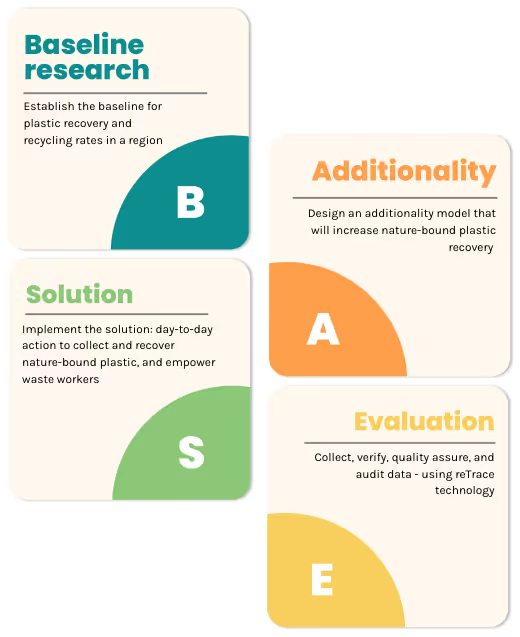
B - Baseline
Baseline: We scientifically establish baselines for collection and recycling rates, along with other relevant data, in order to identify regions with a need for an intervention, and where a potential solution might be viable.
A - Additionality
Additionality: We design bespoke solutions for each region that will create environmental outcomes over and above the established baselines. (For those who enjoy the technical side, this creation of impact above a business-as-usual scenario is the principle of ‘Additionality’ and so this is a process of 'additionality modelling')
S - Solution
Solution design and implementation: Each project is designed, piloted, and eventually onboarded, through a bespoke collaboration - that includes a local impact partner, communities, and local government - to run in line with our industry-leading standards and protocols.
The project from here goes to operate day to day collection, transportation, processing, and ethical recovery of plastic waste.
E - Evaluation
Evaluation: We set-up projects to have a constant stream of data collection and triangulated verification that includes real-time measurement, verification, validation and chain of custody documentation through our reTraceTM platform. Internal and independent audits guarantee verified impact creation across the world.
Read on
The following parts of this blog series will give you more details about these steps:
Part 2: Baseline and Additionality
%252525252520(1).avif)

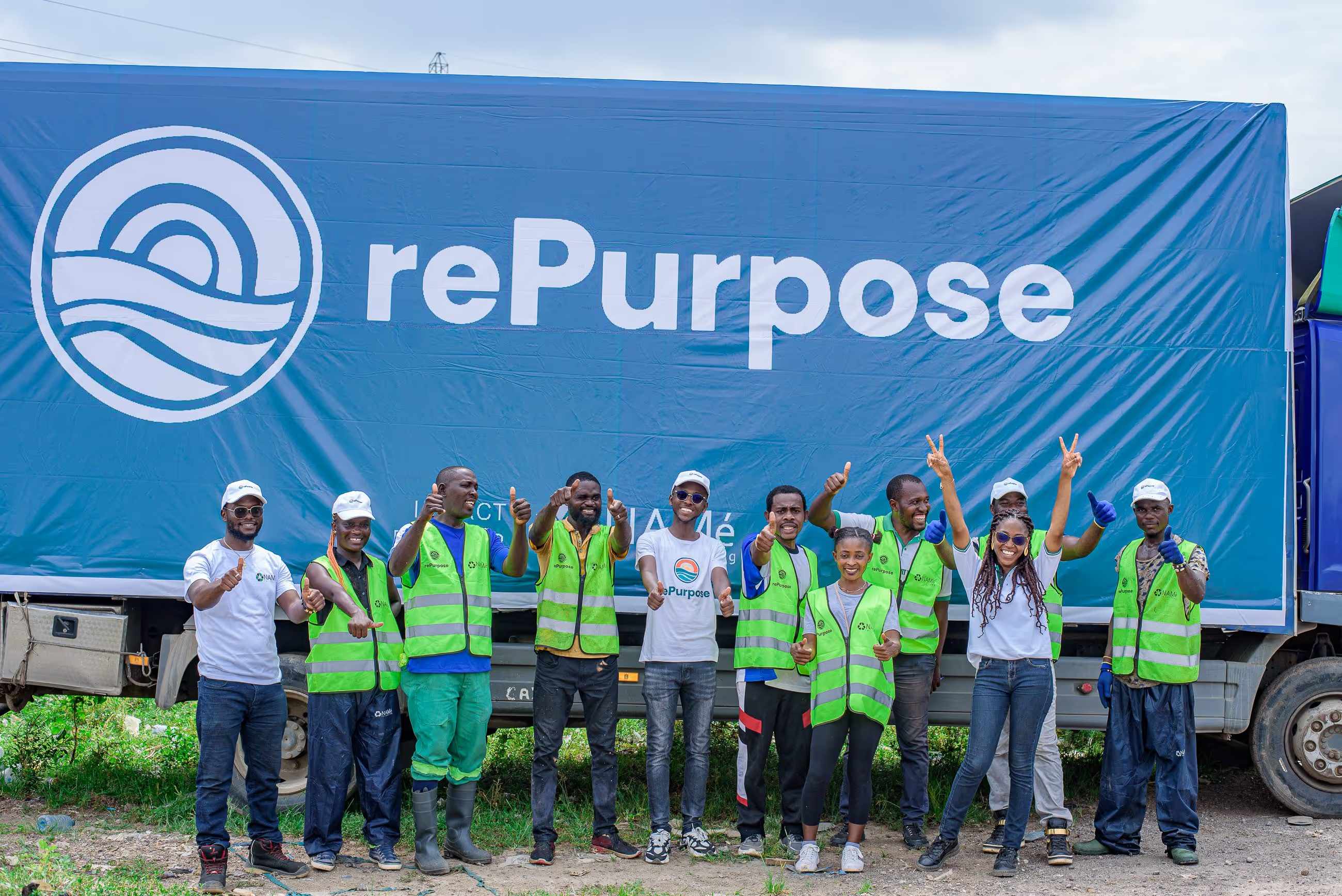
.avif)
.avif)
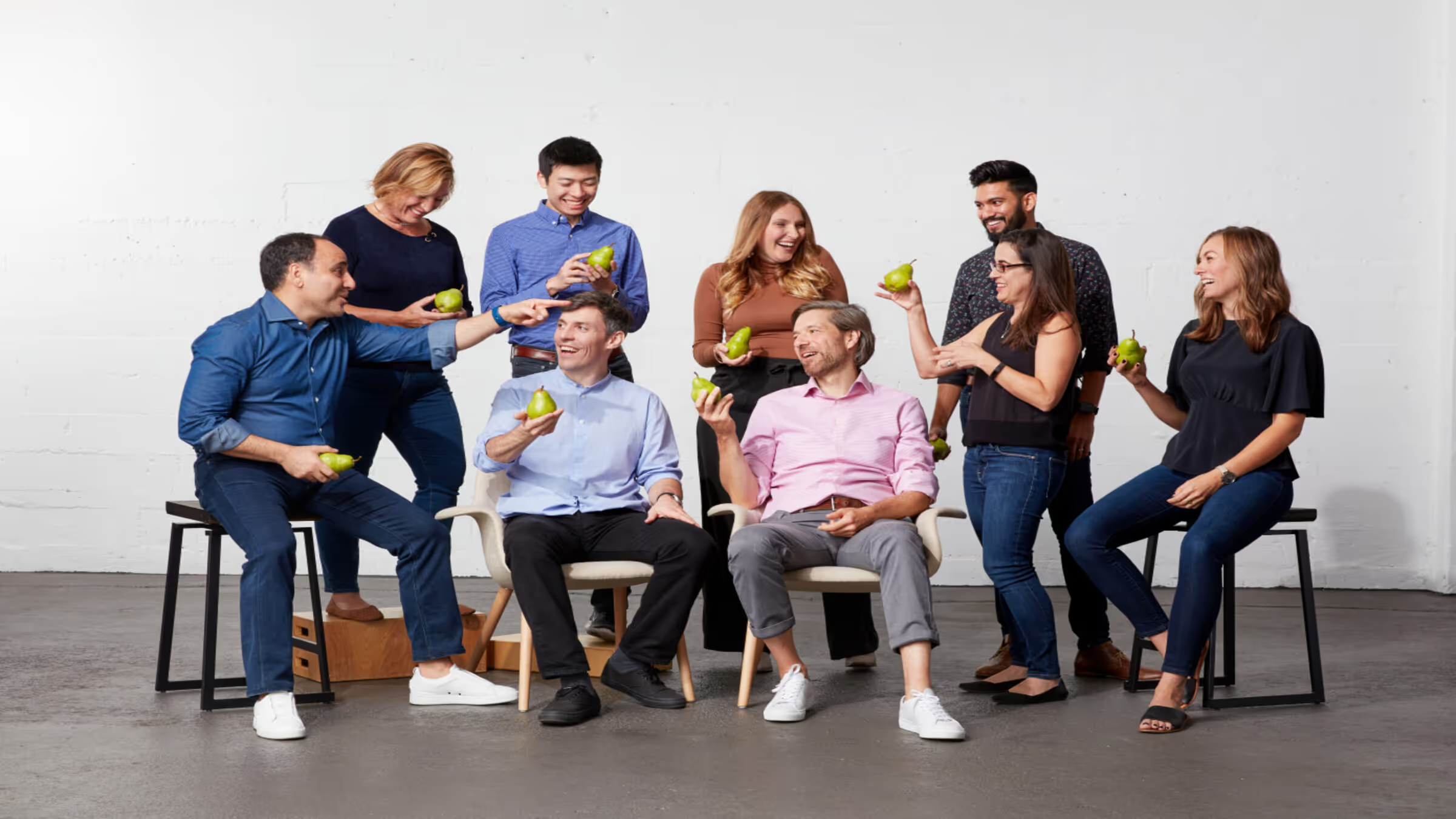
.avif)




